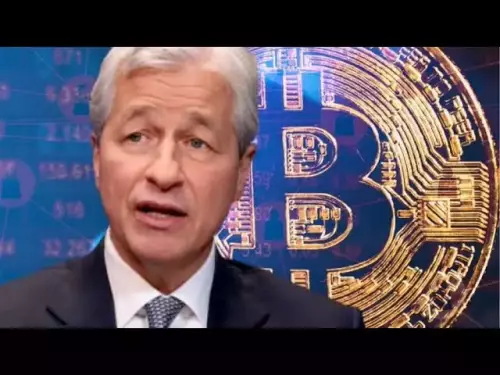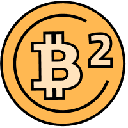-
 bitcoin
bitcoin $114684.631706 USD
-0.87% -
 ethereum
ethereum $4228.677447 USD
1.58% -
 bnb
bnb $1294.880693 USD
-1.16% -
 tether
tether $1.000819 USD
-0.02% -
 xrp
xrp $2.605138 USD
2.79% -
 solana
solana $209.908690 USD
5.89% -
 usd-coin
usd-coin $0.999903 USD
-0.03% -
 dogecoin
dogecoin $0.213423 USD
2.93% -
 tron
tron $0.322721 USD
-0.10% -
 cardano
cardano $0.727247 USD
3.66% -
 hyperliquid
hyperliquid $42.339456 USD
6.05% -
 chainlink
chainlink $19.910811 USD
5.16% -
 ethena-usde
ethena-usde $1.000557 USD
0.00% -
 stellar
stellar $0.349734 USD
2.69% -
 bitcoin-cash
bitcoin-cash $543.848687 USD
-0.21%
What is the difference between a centralized and decentralized exchange (DEX)?
Decentralized exchanges let users trade directly from their wallets, keeping full control of funds, while centralized exchanges offer ease of use but hold users' assets.
Oct 14, 2025 at 09:37 am
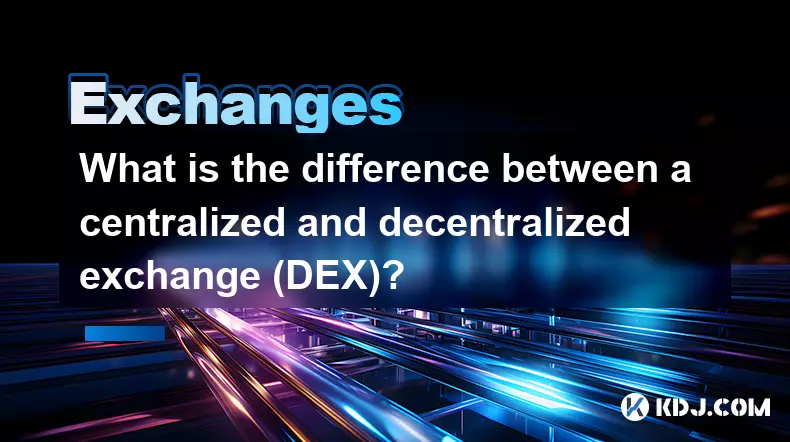
Understanding Centralized Exchanges
1. Centralized exchanges, commonly referred to as CEXs, operate under a traditional financial model where a central authority manages user funds and transaction execution. These platforms act as intermediaries between buyers and sellers of digital assets.
2. Users are required to deposit their cryptocurrencies into exchange-controlled wallets, meaning they relinquish direct control over their private keys. This setup increases convenience but introduces counterparty risk.
3. Trading on centralized exchanges is typically faster due to high liquidity and advanced matching engines. They support a wide range of order types such as limit, market, and stop-loss orders.
4. Identity verification (KYC) is mandatory on most centralized platforms, aligning them with regulatory frameworks. This compliance helps prevent illicit activities but compromises user anonymity.
5. Examples include Binance, Coinbase, and Kraken, which dominate trading volume in the crypto space due to their user-friendly interfaces and robust customer support systems.
The Mechanics of Decentralized Exchanges (DEXs)
1. Decentralized exchanges function without a central intermediary by leveraging blockchain technology and smart contracts. Trades occur directly between users’ wallets through automated protocols.
2. Users retain full custody of their funds at all times, eliminating reliance on third parties for asset storage. Private keys remain under individual control, enhancing security against exchange hacks or insolvency.
3. Most DEXs utilize automated market maker (AMM) models instead of order books. Liquidity providers supply token pairs to pools and earn fees from trades executed against those reserves.
4. Anonymity is preserved since no personal information is required to participate. However, this feature also raises concerns regarding potential misuse in unregulated environments.
5. Prominent examples include Uniswap, SushiSwap, and PancakeSwap, primarily operating on Ethereum and Binance Smart Chain networks with growing cross-chain integration.
Security and Control Implications
1. On centralized exchanges, the platform holds responsibility for securing vast amounts of user assets. High-profile breaches like Mt. Gox and FTX highlight vulnerabilities inherent in centralized custody models.
2. In contrast, decentralized exchanges shift security responsibility to the user; while the protocol itself may be secure, individual wallet management becomes critical. Loss of seed phrases or interaction with malicious dApps can lead to irreversible fund loss.
3. Smart contract audits play a vital role in DEX safety. Despite rigorous testing, code exploits have resulted in significant losses, emphasizing the importance of protocol transparency and community oversight.
4. Centralized platforms often implement insurance funds and cold storage solutions to protect deposits. Some offer partial reimbursement in case of breaches, though coverage varies widely.
5. Regulatory scrutiny impacts both models differently. CEXs face direct enforcement actions, whereas DEXs challenge jurisdictional boundaries due to their borderless nature.
Liquidity and User Experience Differences
1. Centralized exchanges benefit from deep liquidity pools driven by professional market makers and institutional participation. This ensures tighter spreads and minimal slippage during large trades.
2. DEXs historically suffered from lower liquidity, especially for less popular tokens. However, incentivized yield farming and liquidity mining programs have improved availability across various trading pairs.
3. Transaction speed on DEXs depends on underlying blockchain congestion. During peak network usage, gas fees can escalate, making small trades economically impractical.
4. User interface complexity remains a barrier for newcomers on many DEX platforms. Connecting external wallets, approving token usage, and managing gas settings require technical familiarity not expected on CEXs.
5. Aggregator tools like 1inch and Matcha help optimize DEX trading by scanning multiple sources to find the best rates, bridging some usability gaps between centralized and decentralized options.
Frequently Asked Questions
Can decentralized exchanges be hacked?While the decentralized infrastructure resists single-point failures, vulnerabilities in smart contracts or front-end interfaces can be exploited. Several high-profile incidents involving flash loan attacks and code loopholes have led to substantial fund losses.
Do I need to pay taxes when using a DEX?Tax obligations depend on jurisdiction, not the type of exchange. Any disposal of cryptocurrency, including swaps on a DEX, may constitute a taxable event. Accurate record-keeping is essential regardless of platform choice.
How do trading fees compare between CEXs and DEXs?Centralized exchanges charge flat percentage-based fees per trade, often reduced for high-volume users. DEX fees consist of protocol charges plus variable blockchain gas costs, which fluctuate based on network demand.
Are all DEXs non-custodial?The majority adhere to non-custodial principles, but certain hybrid models incorporate custodial elements for enhanced functionality. True decentralization requires that users maintain uninterrupted control over their private keys throughout the trading process.
Disclaimer:info@kdj.com
The information provided is not trading advice. kdj.com does not assume any responsibility for any investments made based on the information provided in this article. Cryptocurrencies are highly volatile and it is highly recommended that you invest with caution after thorough research!
If you believe that the content used on this website infringes your copyright, please contact us immediately (info@kdj.com) and we will delete it promptly.
- XRP Price Prediction: Weekend Rollercoaster or Rally?
- 2025-10-12 08:45:16
- Bittensor (TAO): Super Bullish Signals Point to Potential 2x Rally
- 2025-10-11 10:25:12
- Silver Price Correction: Navigating the Dip & Identifying Key SEO Keywords
- 2025-10-11 10:25:12
- Decoding Crypto Trends: Bittensor's Bull Run, Cardano's Dip, and LivLive's Presale Buzz in 'Uptober 2025'
- 2025-10-12 08:45:16
- MoonBull: The Crypto Meme Coin Promising 1000x Gains?
- 2025-10-11 10:30:01
- Crypto Payroll Revolution: Stablecoins, Altcoins, and the Future of Salary Payments
- 2025-10-11 10:30:01
Related knowledge

What is the difference between a centralized and decentralized exchange (DEX)?
Oct 14,2025 at 09:37am
Understanding Centralized Exchanges1. Centralized exchanges, commonly referred to as CEXs, operate under a traditional financial model where a central...
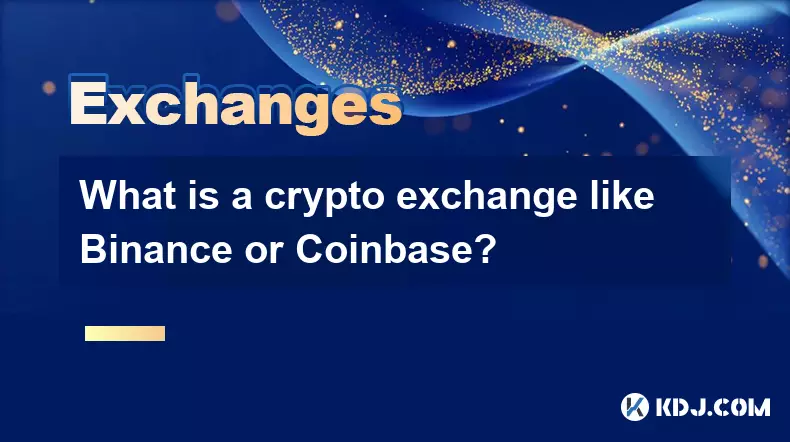
What is a crypto exchange like Binance or Coinbase?
Oct 13,2025 at 09:01pm
Bitcoin's Role in Decentralized Finance1. Bitcoin remains the cornerstone of decentralized finance, serving as a primary store of value within the cry...
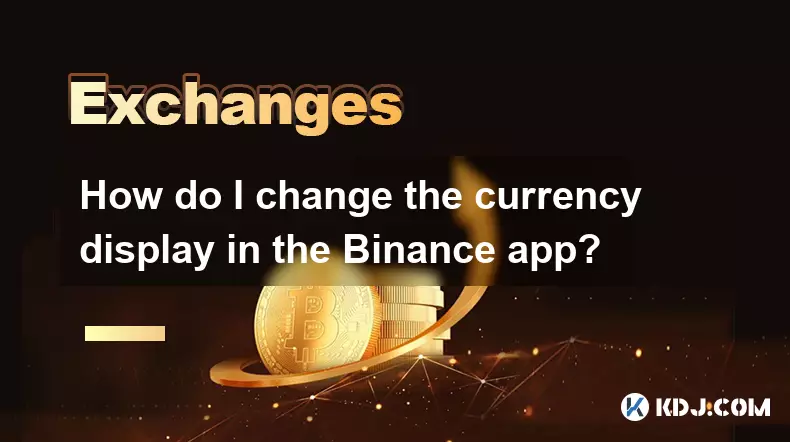
How do I change the currency display in the Binance app?
Oct 10,2025 at 11:36am
Changing Currency Display in the Binance App1. Open the Binance app on your mobile device and log into your account. Navigate to the home screen where...
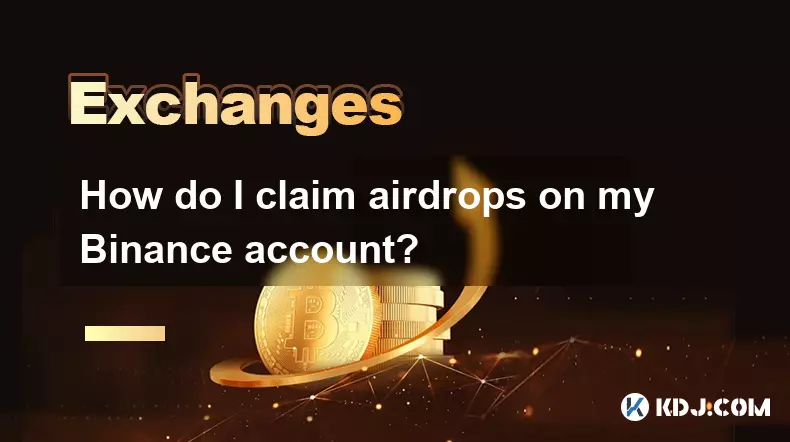
How do I claim airdrops on my Binance account?
Oct 14,2025 at 12:00am
Understanding Airdrop Mechanics on Binance1. Airdrops on Binance are promotional distributions of free tokens or coins conducted by blockchain project...

How to clear the cache for the Binance app?
Oct 12,2025 at 02:55pm
Understanding Decentralized Exchanges in the Crypto Ecosystem1. Decentralized exchanges (DEXs) operate without a central authority, allowing users to ...
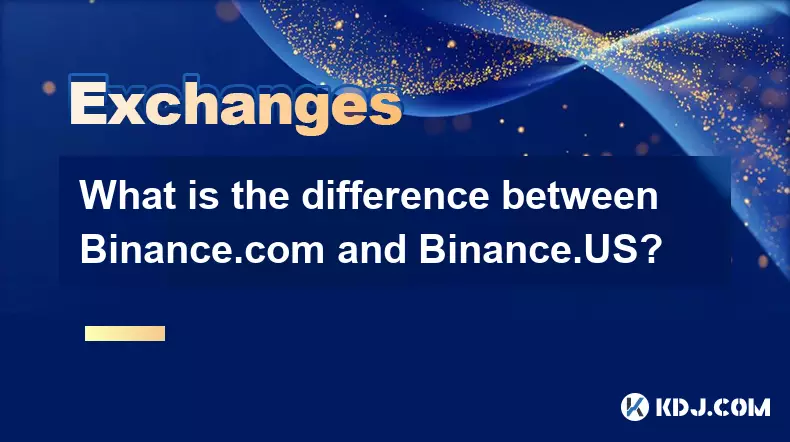
What is the difference between Binance.com and Binance.US?
Oct 14,2025 at 06:18am
Binance.com vs Binance.US: Regulatory Frameworks and Jurisdiction1. Binance.com operates as a global cryptocurrency exchange, serving users in numerou...

What is the difference between a centralized and decentralized exchange (DEX)?
Oct 14,2025 at 09:37am
Understanding Centralized Exchanges1. Centralized exchanges, commonly referred to as CEXs, operate under a traditional financial model where a central...

What is a crypto exchange like Binance or Coinbase?
Oct 13,2025 at 09:01pm
Bitcoin's Role in Decentralized Finance1. Bitcoin remains the cornerstone of decentralized finance, serving as a primary store of value within the cry...

How do I change the currency display in the Binance app?
Oct 10,2025 at 11:36am
Changing Currency Display in the Binance App1. Open the Binance app on your mobile device and log into your account. Navigate to the home screen where...

How do I claim airdrops on my Binance account?
Oct 14,2025 at 12:00am
Understanding Airdrop Mechanics on Binance1. Airdrops on Binance are promotional distributions of free tokens or coins conducted by blockchain project...

How to clear the cache for the Binance app?
Oct 12,2025 at 02:55pm
Understanding Decentralized Exchanges in the Crypto Ecosystem1. Decentralized exchanges (DEXs) operate without a central authority, allowing users to ...

What is the difference between Binance.com and Binance.US?
Oct 14,2025 at 06:18am
Binance.com vs Binance.US: Regulatory Frameworks and Jurisdiction1. Binance.com operates as a global cryptocurrency exchange, serving users in numerou...
See all articles























